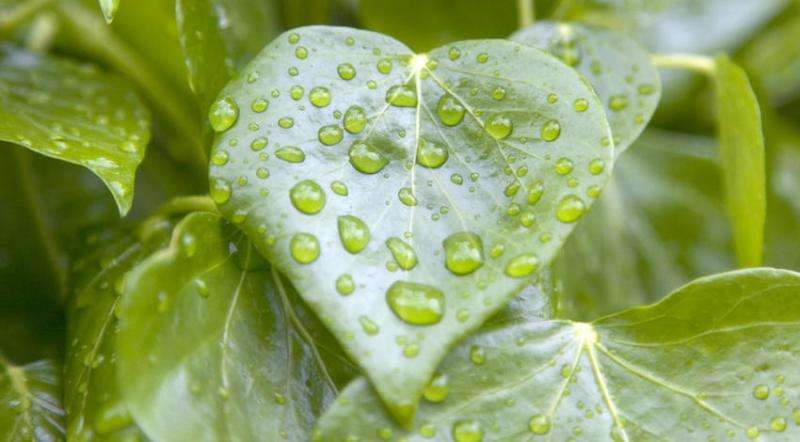Like animals, plants have skin that reacts to the environment around them, and this is crucial to their survival

Human beings have five senses – taste, touch, sight, hearing and smell. These senses help us navigate the world and act as warning signs of dangers. We use them to make everyday decisions; for example, when it starts raining we pull out our umbrellas, and when it's hot we take off our jackets.
Although they may seem passive, plants have their own complex sensory systems too, designed to respond to dangers or other changes in their environment.
Plants may not have eyes, ears or a tongue, but their skin can perform many of the same functions. Plants are not only aware of when it rains or when it's windy, but they can respond accordingly.
Dr Kim Johnson, a research fellow in the School of BioSciences, University of Melbourne, studies the world of plant senses.
"Plants are constantly under environmental stresses. You can actually see how plants respond to those physical stresses because they change their shape," Dr Kim Johnson says.
"So if a plant is getting constantly hit with strong wind, it will actually change shape to better resist that wind; if roots hit a rock, they'll grow around it, so they sense things around them."
Dr Johnson's research could have a significant impact on industries across the world, including agriculture.
"Plants grow in a very different way from us, because when we're born, we already have our body plan locked down, and then everything just grows from there," she says.

"But plants have a much more simple structure to start with, and pretty much all their organs – leaves, roots, flowers – come after they're born. So what I want to know is: how is that regulated in response to mechanical or physical stress?"
And key to their response to external factors is their skin. Just like humans, plants need a protective layer that stands between the harsh environment and their sensitive innards. A plant's epidermis works much the same way as ours, in that it protects the internal structure and helps prevent water loss. But it's also the ideal place to have senses that pick up environmental stresses, Dr Johnson says.
Plant skin contains a tightly packed network of cells, which is often covered with a waxy coat that provides extra protection against damage and particularly water loss. Because it holds the plant together, a plant's skin is constantly under tension, and changes to this tension affects how the plant grows.
"A group of scientists back in the 1800s first described the phenomenon of 'tissue tension' based on experiments showing that when you cut a sunflower stem, the outer epidermal layer retracts and the inner tissues keep growing," Dr Johnson says.
In this experiment, scientists took a sunflower stem and lightly cut it on one side. It revealed the inner layers pressed out onto the epidermis, which in turn constrained this pressure.
"They concluded that the inner layers are under compressive forces while the outer layer is under tension," Dr Johnson says.

Plant skin has a complex job to do but not much to do it with. The plant epidermis is a single layer of cells that must be thin enough to let sunlight through to the inner-layer of cells responsible for photosynthesis. But it must also be strong enough so it can resist damage and the pressures of ongoing tension.
"When the epidermis feels under too much tension it responds by either strengthening itself to resist the stress or relaxes to release the pressure," Dr Johnson explains.
"It's important it is to understand how the epidermis does all these essential roles."
Provided by University of Melbourne




















